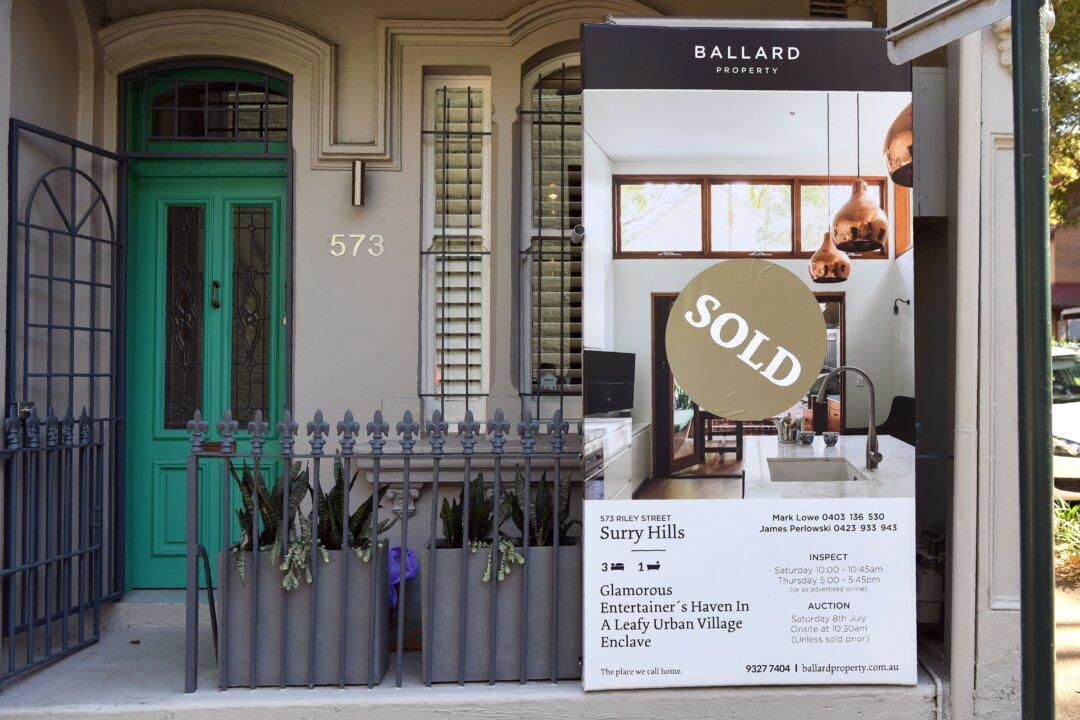A new report has shown that the growth of apartment prices across Australia has surpassed houses’ in the June quarter for the first time in three years.
According to the June Quarterly House Price Report by digital property portal Domain, buyers had to spend $618,542 (US$431,893) on average to acquire a unit in Australia’s capital cities, an increase of 0.1 percent in value.





